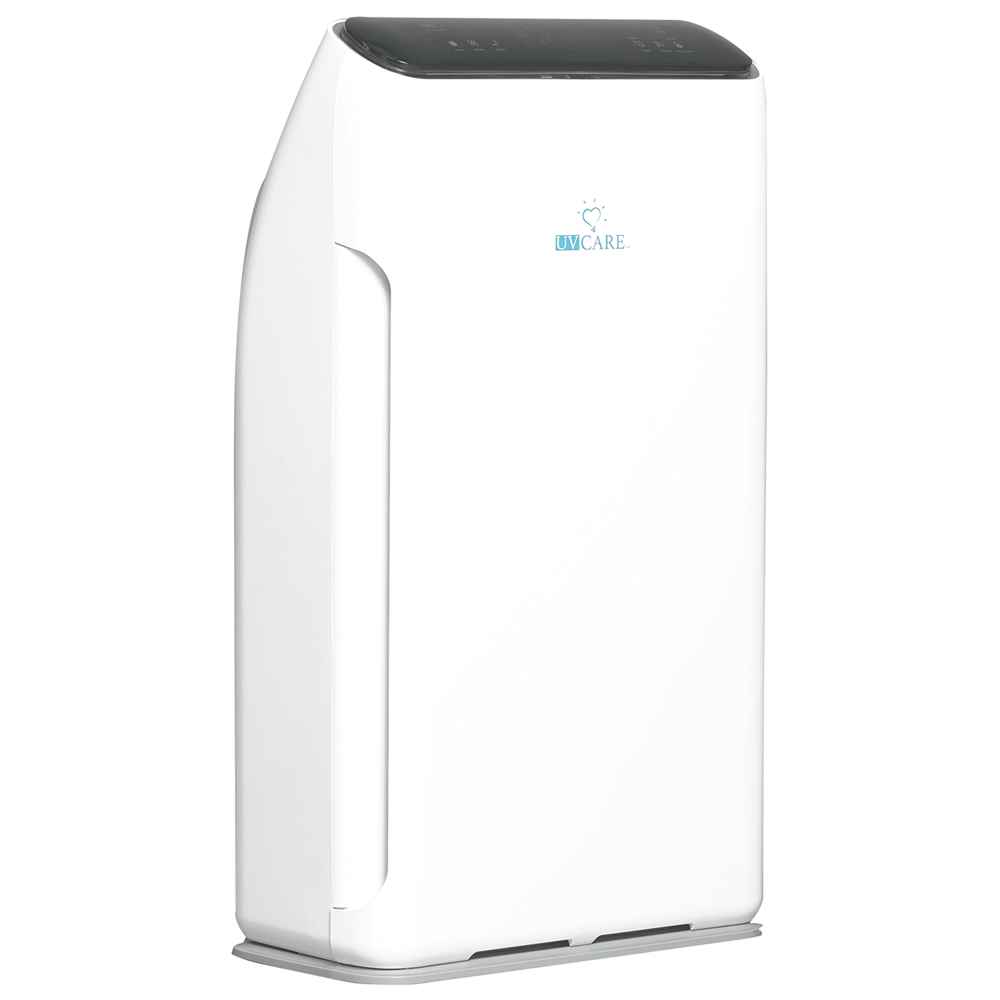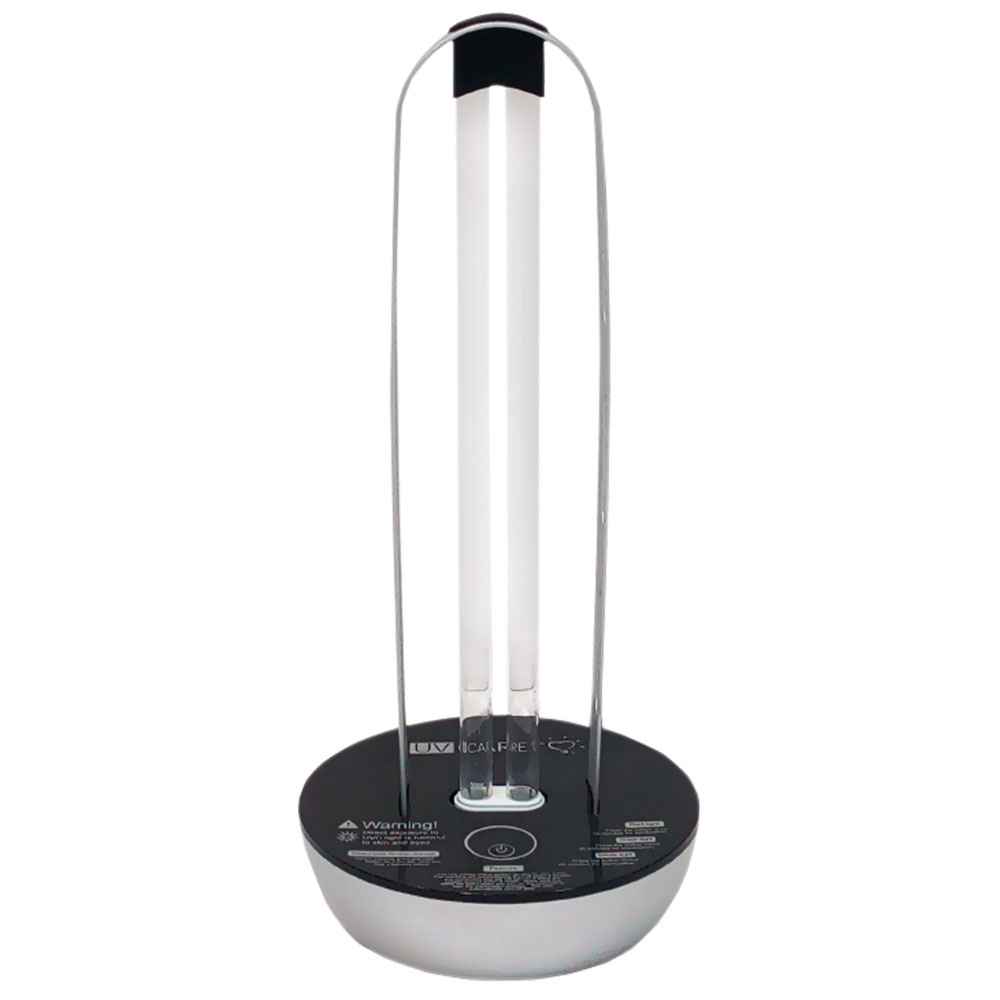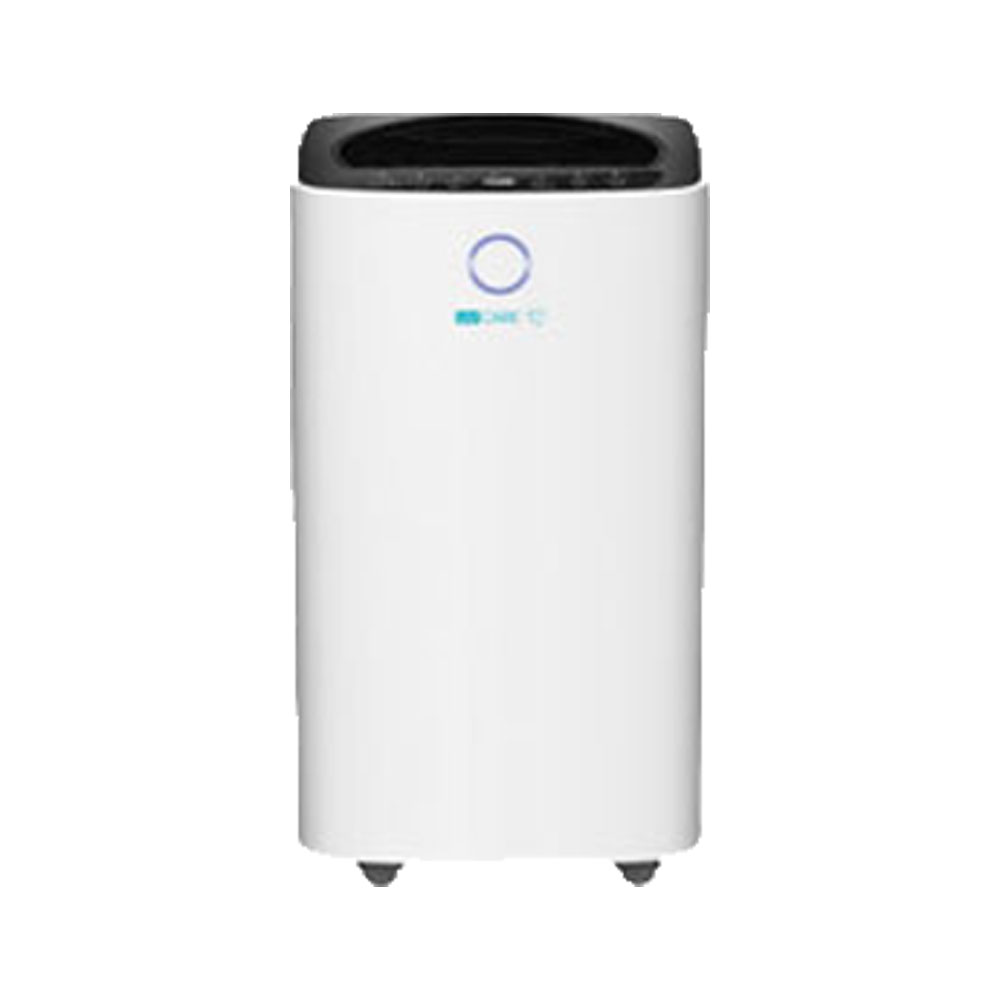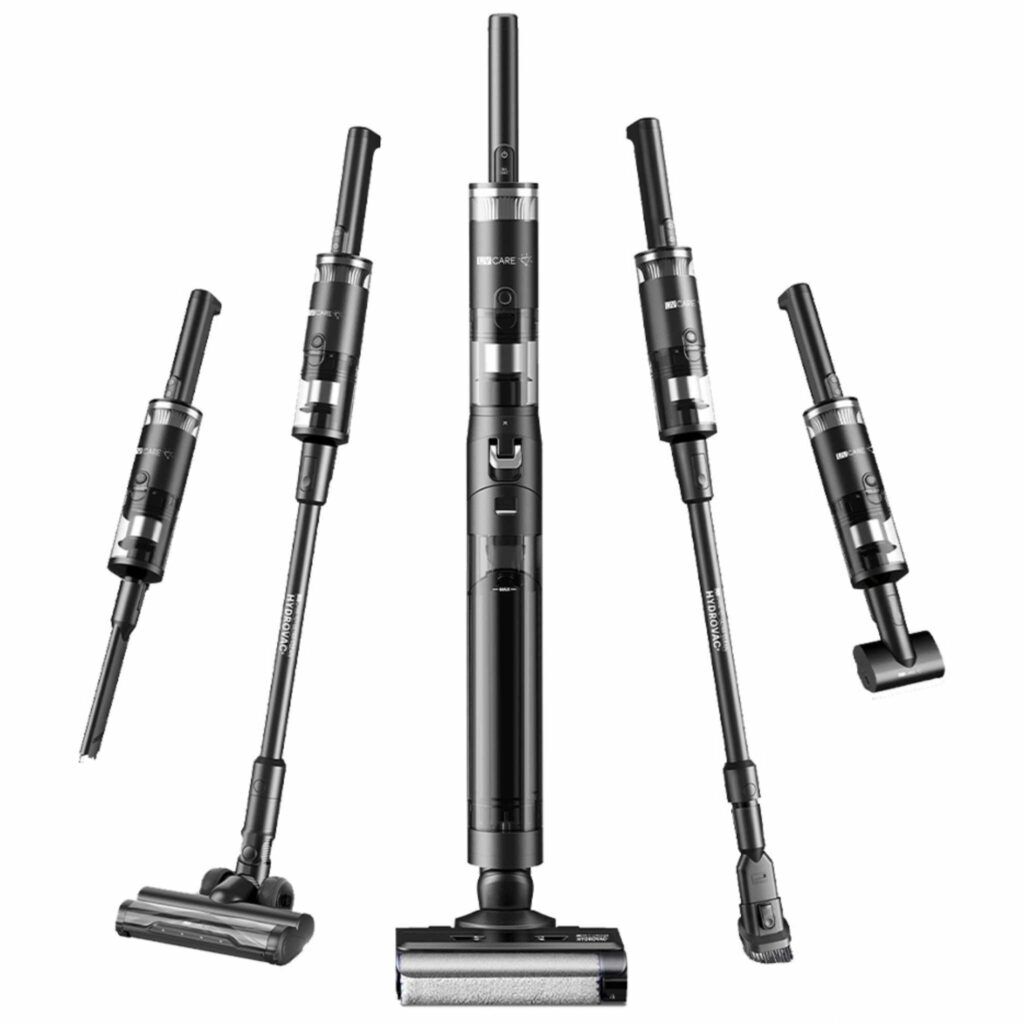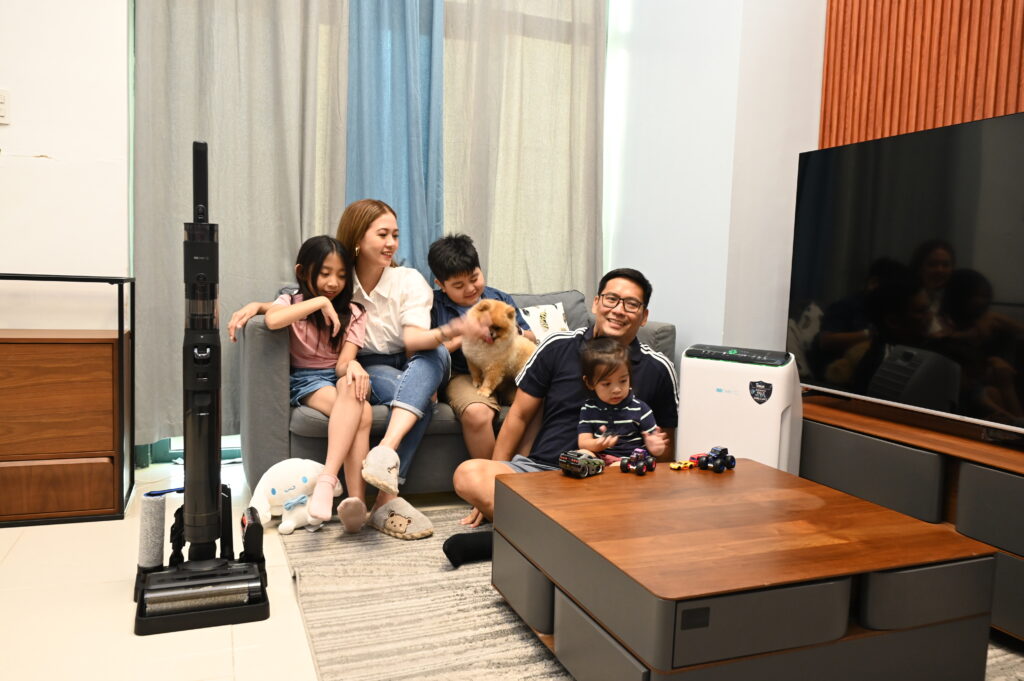
Why Your Vacuum Matters
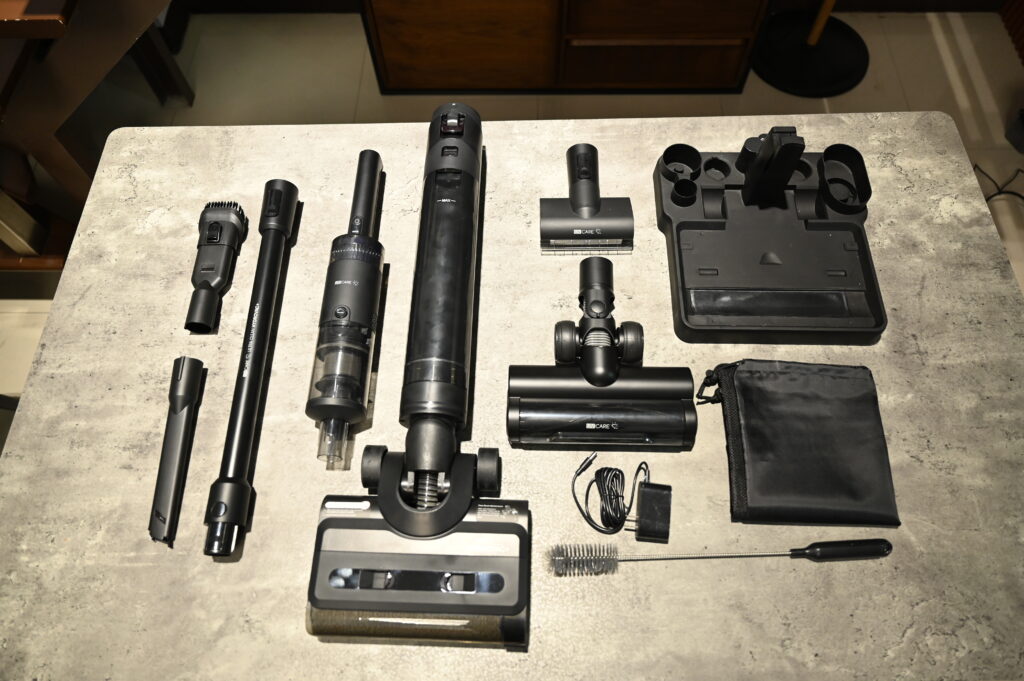
What Makes a Vacuum the Best for Asthma?
HEPA Filtration: Your New Best Friend
High-Efficiency Particulate Air (HEPA) filters are the gold standard for capturing the tiniest allergen particles. But not all HEPA vacuums are created equal. Here’s what to look for:
- Post-Motor HEPA Filters: Ensure the HEPA filter is positioned after the motor to release only clean air.
- Sealed Systems: A completely sealed vacuum prevents contaminated air from escaping back into your home.
- Real-World Testing: Look for vacuums tested in real-world conditions, not just in laboratories.
More Than Just a Filter
While a HEPA filter is essential, it’s not the only feature to consider. The overall design and functionality of the vacuum play significant roles in its effectiveness.
- Suction Power: Strong suction helps pick up more dust and debris.
- Attachments: Tools for upholstery, crevices, and pet hair make a big difference.
- Ease of Use: Lightweight, maneuverable vacuums are easier to handle, especially if you have to clean frequently.
Top Contenders for the Best Vacuum for Asthma
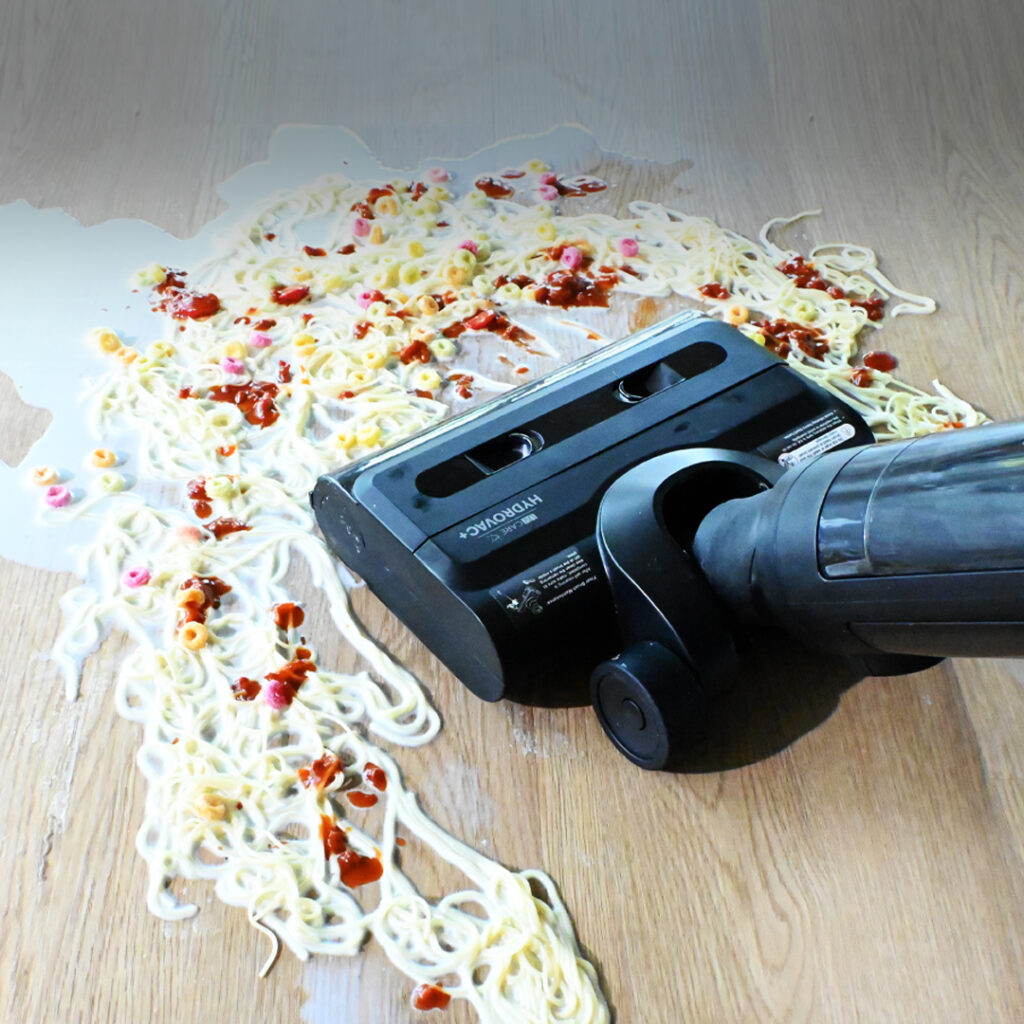
Why You’ll Love It:
- 2-in-1 Vacuum & Mop: Handles dust, debris, and spills in one go.
- Electrolyzed Water: Uses safe, effective cleaning for odor elimination.
- UV-C Germicidal LED: Eliminates 99.9% of bacteria and viruses.
- HEPA Filtration with UV Care Virux®: Traps allergens and ultrafine particles.
- AI Technology: Automatically adjusts for optimal cleaning.
- Self-Cleaning and Drying: Prevents mold and odor build-up.
- Wireless Handheld Unit: Perfect for upholstery, beds, and car seats.
- LED Dust Searchlight: Ensures no spot is missed.
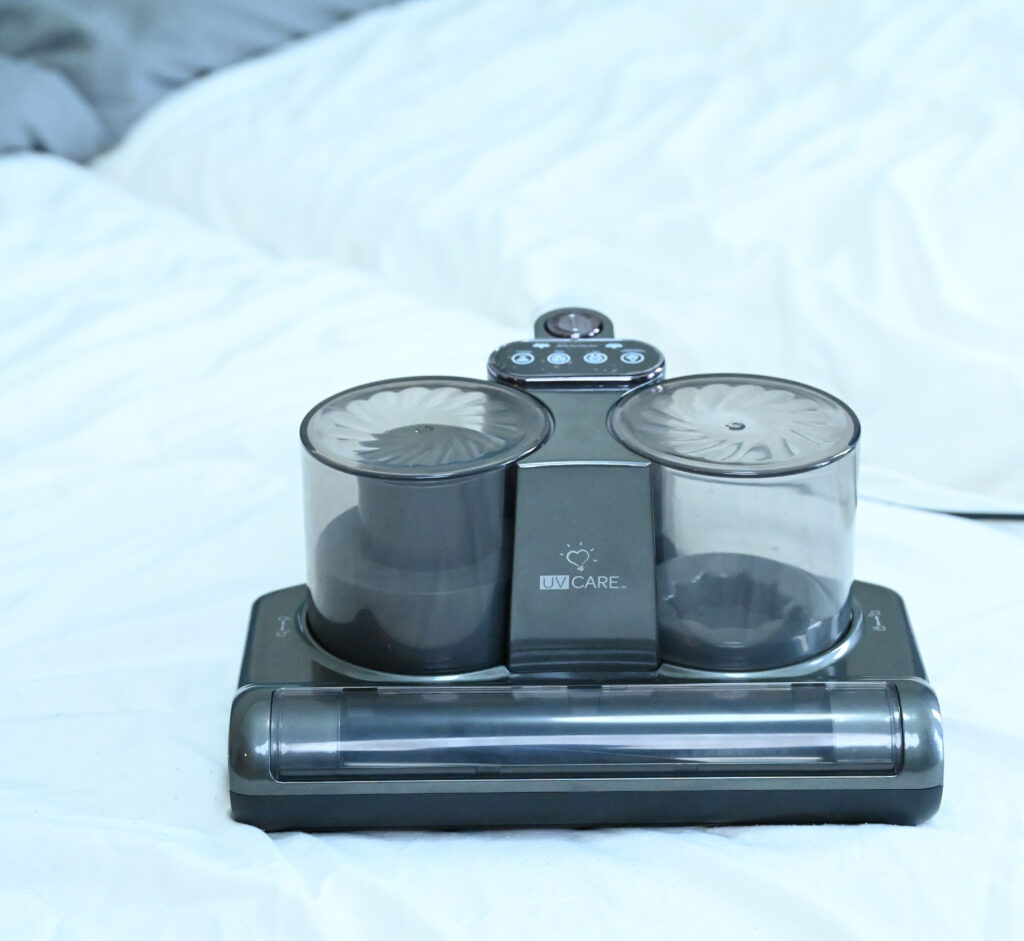
Dehumidification (Heat): Removes excess moisture from pillows and beds for added comfort.
- Superior UV-C Light: Kills 99.99% of germs, viruses, mold, and spores.
- Ultrafine Dust Filter: Captures tiny particles like dust, dirt, and allergens.
- Ultrasonic Technology: Uses sound waves to repel bed bugs, dust mites, and cotton mites.
- Powerful 12 kPa Suction: Quickly picks up dust, dirt, hair, sand, food crumbs, and pet hair.
- Deep-Cleaning Roller Brush: Effectively removes embedded dirt and debris from carpets.
- Dual Dust Collector: Offers double the capacity for dust and dirt collection.
FAQs About Vacuums and Asthma
Do HEPA Filters Really Make a Difference?
Absolutely! HEPA filters capture 99.97% of particles as small as 0.3 microns, which includes dust mites, pollen, and pet dander – the primary culprits for asthma triggers.
• How Often Should I Vacuum to Control Asthma Symptoms?
It’s a good idea to vacuum at least twice a week, more often if you have pets or live in a high-pollen area. Regular vacuuming helps keep allergen levels low.
• Are Bagged or Bagless Vacuums Better for Asthma?
Both have their pros and cons. Bagged vacuums are generally better at containing dust, but you’ll need to buy replacement bags. Bagless vacuums can be easier to maintain, but be careful when emptying the bin to avoid releasing dust back into the air.
• Can a Vacuum Really Improve Indoor Air Quality?
Yes! A high-quality vacuum with a HEPA filter and a sealed system can significantly reduce the amount of dust and allergens in your home, leading to better indoor air quality.
Tips for Maximizing Your Vacuum's Effectiveness
Regular Maintenance
- Clean the Filters: Check and clean or replace the filters as recommended by the manufacturer.
- Empty the Dust Bin or Bag: Don’t wait until it’s overflowing. Empty it regularly to maintain optimal suction and filtration.
- Check for Clogs: Ensure there are no blockages in the hose or attachments.
- Proper Vacuuming Techniques
- Go Slow: Vacuum slowly to allow the machine to pick up as much dust and debris as possible.
- Use the Right Attachments: Use upholstery tools for furniture, crevice tools for tight spots, and motorized brushes for carpets.
- Overlap Strokes: Vacuum in overlapping strokes to ensure you cover the entire area thoroughly.
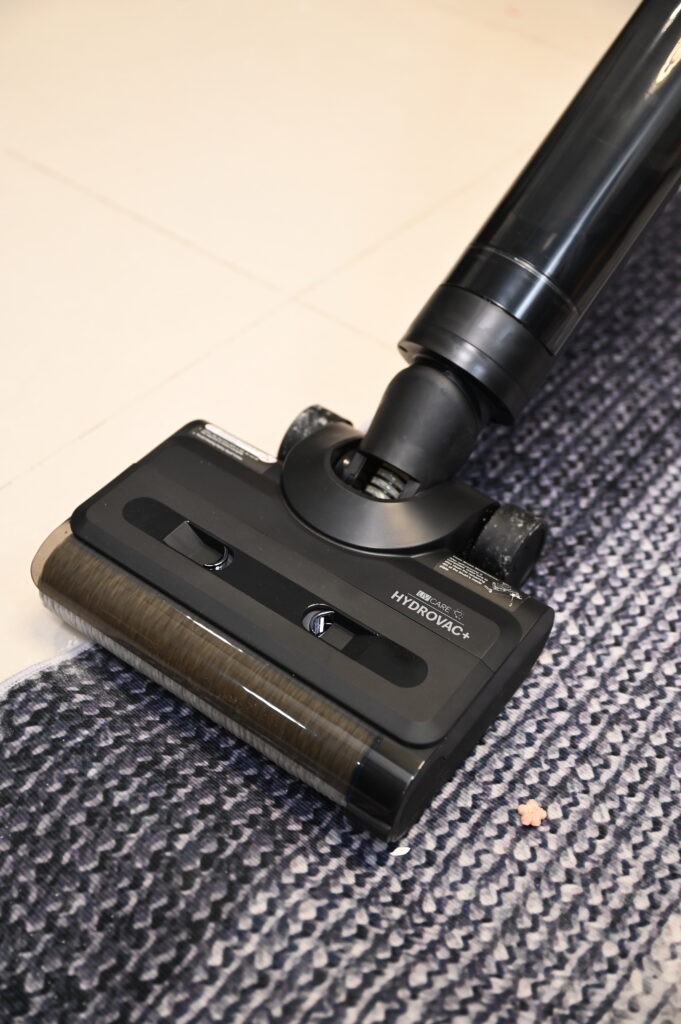
The Best Practices for an Allergen-Free Home
Beyond Vacuuming
Vacuuming is just one part of keeping your home allergen-free. Here are some additional tips:
- Damp Dusting: Use a damp cloth instead of a dry duster to avoid stirring up dust.
- Wash Bedding Regularly: Clean sheets, pillowcases, and duvet covers weekly in hot water.
- Control Humidity: Use a dehumidifier to keep humidity levels low and discourage dust mites.
- Keep Pets Clean: Regularly groom and bathe your pets to reduce dander.
Creating an Allergy-Free Sanctuary
- Choose Hard Flooring: Carpets can harbor dust mites and other allergens. Consider switching to hard floors.
- Use Allergen-Proof Covers: Encase mattresses and pillows in allergen-proof covers.
- Ventilation: Ensure good ventilation to reduce indoor humidity and allergen buildup.

